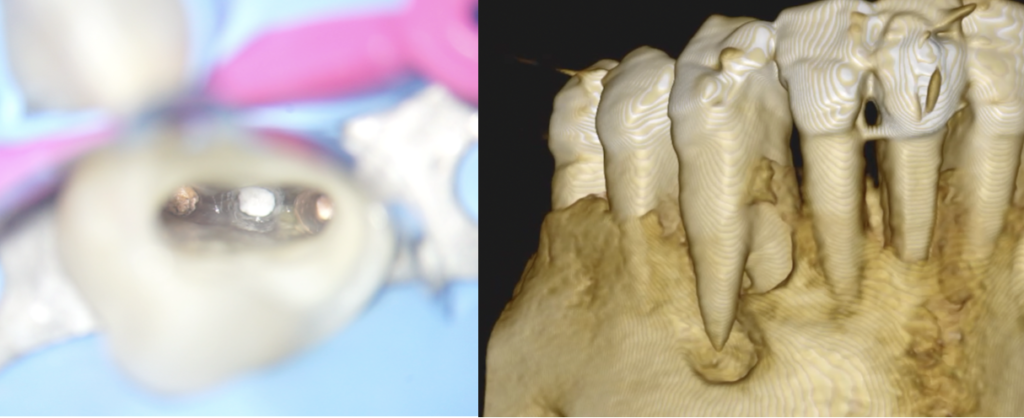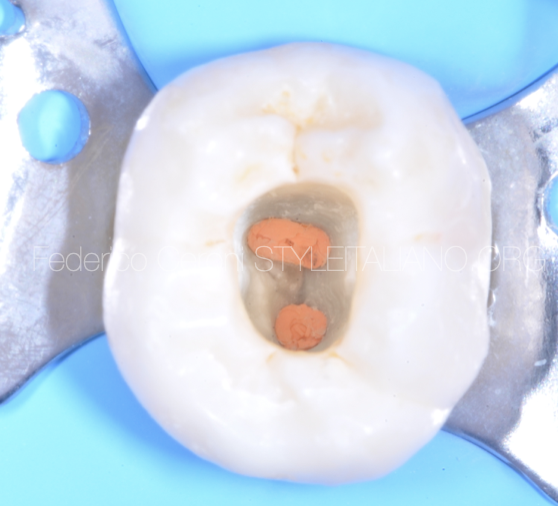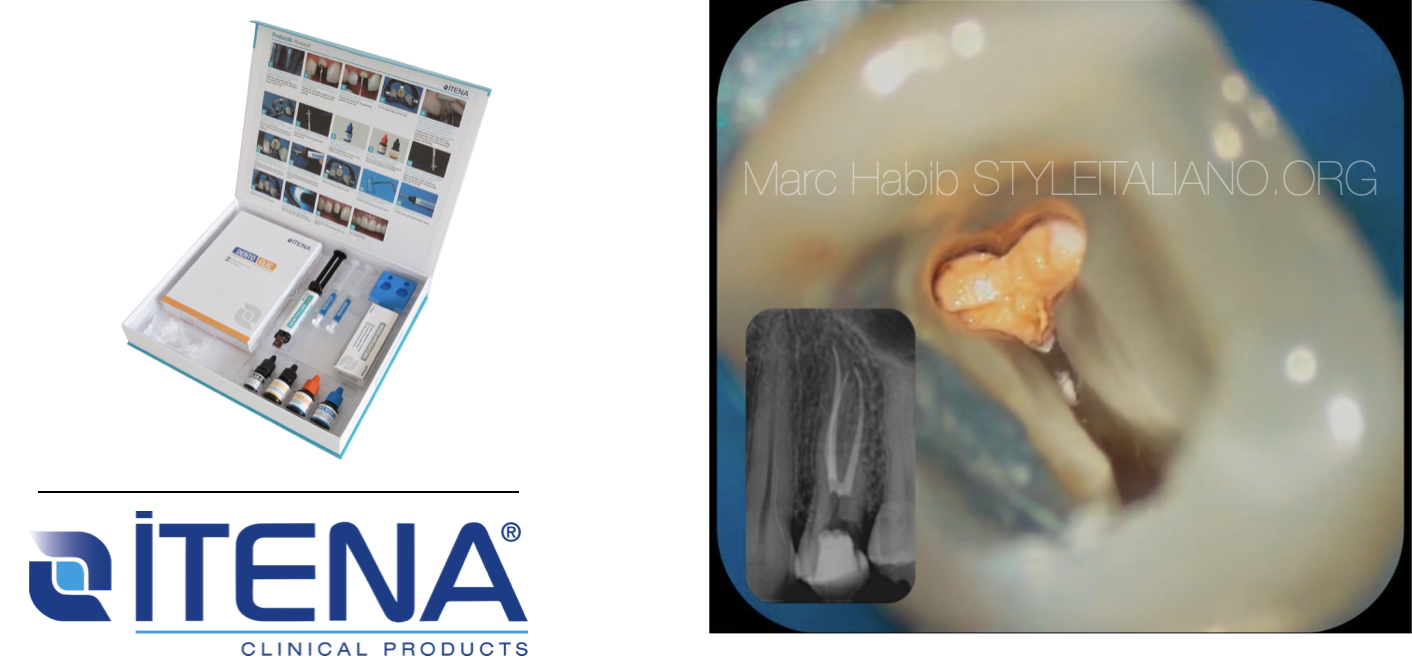
Lower canine with 2 roots and a small Medial canal on the floor chamber
15/07/2022
Massimo Giovarruscio
Warning: Undefined variable $post in /var/www/vhosts/styleitaliano-endodontics.org/endodontics.styleitaliano.org/wp-content/plugins/oxygen/component-framework/components/classes/code-block.class.php(133) : eval()'d code on line 2
Warning: Attempt to read property "ID" on null in /var/www/vhosts/styleitaliano-endodontics.org/endodontics.styleitaliano.org/wp-content/plugins/oxygen/component-framework/components/classes/code-block.class.php(133) : eval()'d code on line 2
Before starting any Endodontic Root Canal treatment, it is necessary to know the anatomy and morphology of the tooth as best as possible. The anatomy of root canal morphology plays a decisive role in determining the conditions under which Endodontic treatment can be performed effectively.
In this case a lower canine with 2 roots is presented. Usually the mandibular canines only have one root and one root canal. However, there has been a noticeable increment in evidence showing variations in its morphology, such as the presence of two roots and two root canals. A Literature review revealed that the overall prevalence of such root canal configuration is 5.7%, with a strong preference for female sex (87.5%).
The tooth was diagnosed with irreversible pulpitis, needing root canal treatment. Careful inspection of the preoperative radiograph indicated the presence of more than 1 canal. A CBCT Scan was taken to see better the anatomy. The CBCT showed also an additional medial short canal or orifice on the septum between Buccal and Lingual root. Although mandibular canines with 2 roots and 2 root canals are not common, clinicians should always anticipate the presence of possible variations. Therefore, timely diagnosis and meticulous investigation (3D Images) of such mandibular canines allow for planning of an individualized treatment protocol, tailored to their peculiar morphology, focused on avoiding excessive weakening or even perforation of the roots.
The presence of small and short medial canal, suggested to use a Hydraulic Calcium Silicate-based Material (Itena Clinical's MTA) because it is easy to deliver into this complex anatomy. The root canal treatment of the Buccal and Lingual canal has been completed using GP and Warm Vertical Compaction.
The access cavity has been restored permanently using ITENA Clinical's Corono-Radicular Restoration Kit and ITENA Clinical's Reflectys Universal Restorative Composite to achieve a strong structure and obtain an aesthetic satisfactory result.
Conclusions
Itena Clinical's products have been used for this case, and their clinical manipulation were excellent, especially the MTA used into the medial canal. The consistency of the material guaranteed an easy delivery into the small canal. The restorative procedure has been combined using post and core material and universal composite. The final cosmetic result satisfied the patient and the clinician.
However, It’s highly recommended to make the right diagnosis and the correct treatment plan before starting any root canal treatment. It is also imperative to follow all protocols, and steps suggested by contemporary adhesive and restorative dental procedures to achieve a predictable long term result.
Bibliography
- Bhuva B, Giovarruscio M, Rahim N, Bitter K, Mannocci F. The restoration of root filled teeth: a review of the clinical literature. Int Endod J. 2021 Apr;54(4):509-535. doi: 10.1111/iej.13438. Epub 2021 Jan 5. PMID:33128279.
- Hugo Plascencia, Álvaro Cruz, Gerardo Gascón, Beatriz Ramírez, Mariana Díaz Mandibular Canines with Two Roots and Two Root Canals: Case Report and Literature Review. Case Rep Dent. 2017; 2017.
- Dietschi D, Duc O, Krejci I, Sadan A. Biomechanical considerations for the restoration of endodontically treated teeth: a systematic review of the literature. Part II: evaluation of fatigue behavior, interfaces, and in vivo studies. Quintessence Int 2008;39:117—29.




